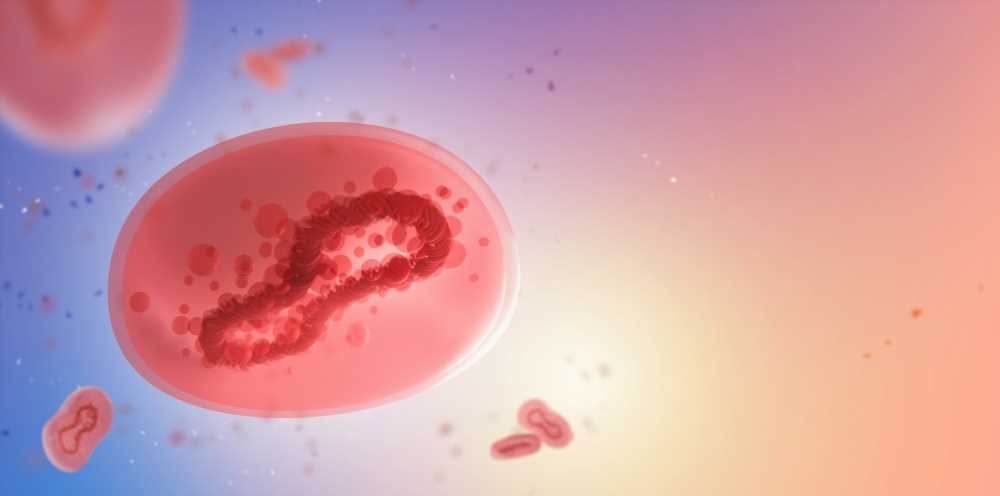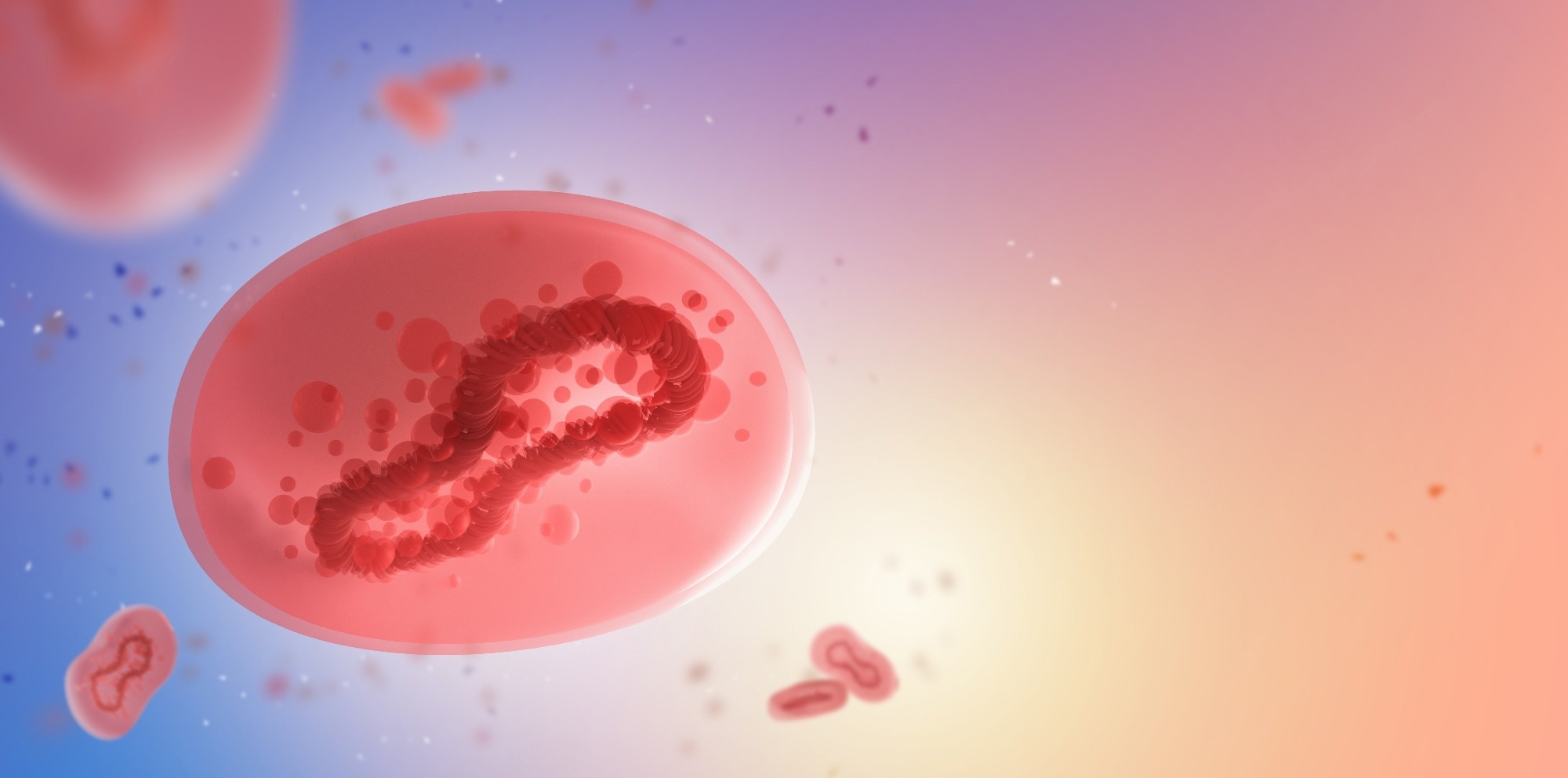
In a recent study posted to the arXiv* preprint server, researchers analyzed the first human monkeypox cases in Italy.

The first large outbreak of human monkeypox outside Africa appears somewhat unique. Viral genome analyses indicated that the current epidemic is driven by the West African clade of the monkeypox virus. The presence of lesions near genitalia suggests a sexual mode of transmission.
In Italy, suspected cases of monkeypox based on the criteria of case definition by the World Health Organization (WHO) are reported to the Ministry of Health’s surveillance system. Only cases that test positive on a monkeypox-specific polymerase chain reaction (PCR) test are deemed confirmed.
About the study
In the present study, researchers evaluated the first monkeypox cases in Italy. Data on patient characteristics such as age, sex, date of onset of symptoms, exposure modality, foreign travel, rash, and other signs, were collected. There were 255 PCR-confirmed monkeypox cases in Italy by July 8, 2022.
The median age of patients was 37 years, and only two were females. 190 out of 200 individuals, who disclosed the information, reported having sex with males. Information on rash was available for 184 cases, and for 139 of them, the rash was localized at the perianal or genital area.
Of the 228 patients with available travel data, 86 individuals traveled overseas, and 25 had been to the Canary Islands for vacation. One person who traveled to West Africa showed symptoms at arrival. The authors determined the incubation period for patients with known symptom onset dates.
There were 30 patients with a known date of symptom onset. They assumed that the incubation period was distributed as a gamma function. The shape and scale parameters were estimated using a Bayesian approach based on Monte Carlo Markov Chain (MCMC) procedure and Metropolis-Hastings sampling.
The team computed generation time, namely, the duration between the date of exposure of a confirmed case and that of the secondary cases. They assumed a gamma-distributed generation time similar to that of the incubation period. No pre-symptomatic transmission was considered. Sixteen pairs of infector-infectee with known dates of symptom onset were identified.
The net reproduction number (Rt), the mean number of cases generated by one index case for the outbreak, was computed using the epidemic curve and the generation time distribution. Three assumptions were considered for imported cases. First, only the case with the earliest symptom onset was defined as an imported case. Second, all cases with a travel history to the Canary Islands were considered imported. Third, all cases with foreign travel were deemed imported.
The first and third assumptions were deemed unrealistic hypotheses that could be considered upper and lower bounds of monkeypox transmission. The second assumption was used as the baseline for estimating Rt. The mean incubation period was 9.1 days, and the mean generation time was 12.5 days. The mean Rt in the first week of June was 2.43, following which Rt declined progressively.
Conclusions
In summary, the authors estimated the mean incubation period and mean generation time using a limited number of monkeypox cases. The Rt for the outbreak was approximately 2.4. Minor variations appeared when Rt was computed using different distributions of generation time or with alternative assumptions of imported cases.
The team indicated that the estimated Rt should be considered for the community of men who have sex with men (MSM), not the general population. Further, Rt could likely be below the threshold for the general public, given the overwhelming majority of cases spread via sexual contact. Overall, it is essential to maintain a high level of public attention and provide non-stigmatizing information to those at risk to curb the spread of the monkeypox virus.
*Important notice
arXiv publishes preliminary scientific reports that are not peer-reviewed and, therefore, should not be regarded as conclusive, guide clinical practice/health-related behavior, or treated as established information.
- Guzzetta G, Mammone A, Ferraro F, et al. (2022). Early estimates on monkeypox incubation period, generation time and reproduction number in Italy, May-June 2022. arXiv. doi: https://doi.org/10.48550/arXiv.2207.13483 https://arxiv.org/abs/2207.13483
Posted in: Medical Science News | Medical Research News | Disease/Infection News
Tags: Genome, Monkeypox, Polymerase, Polymerase Chain Reaction, Rash, Reproduction, Virus

Written by
Tarun Sai Lomte
Tarun is a writer based in Hyderabad, India. He has a Master’s degree in Biotechnology from the University of Hyderabad and is enthusiastic about scientific research. He enjoys reading research papers and literature reviews and is passionate about writing.
Source: Read Full Article